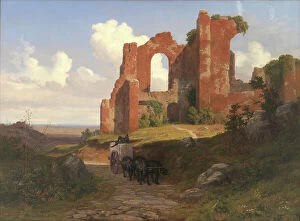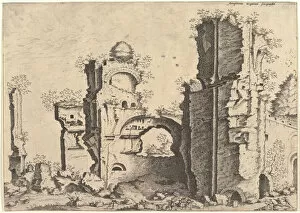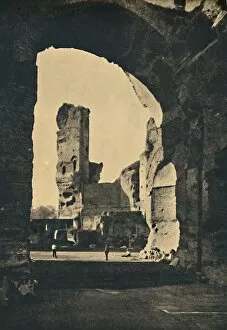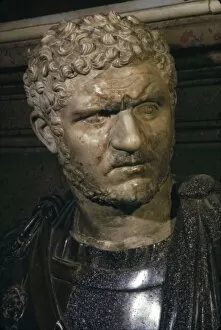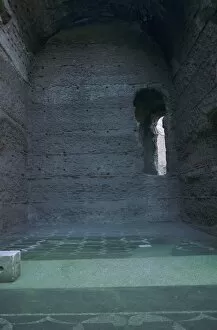Marcus Aurelius Antoninus Caesar Collection
"Marcus Aurelius Antoninus Caesar: The Emperor Caracalla and his Legacy" Step back in time to the 3rd century
For sale as Licensed Images
Choose your image, Select your licence and Download the media
"Marcus Aurelius Antoninus Caesar: The Emperor Caracalla and his Legacy" Step back in time to the 3rd century, where the grandeur of the Baths of Caracalla stood as a testament to the power and opulence of Marcus Aurelius Antoninus Caesar. This remarkable ruler, depicted on ancient coins such as the Aureus, Denarius, Sestertius, and more, left an indelible mark on history. Caracalla's reign was marked by both military conquests and architectural achievements. As you gaze upon a coin portraying him from 198-217 CE or an aureus from January-April 204 CE, you can almost feel his presence. These coins were crafted by unknown artists who captured his likeness with astonishing detail. The ruins that remain today offer glimpses into Caracalla's world. Perhaps it is a view of the Baths themselves or a depiction created by Eugen Poppel in 1927 or even an image from Roma in 1910 showing their remains on the Appian Way. These structures once echoed with laughter and conversation but now stand as silent witnesses to a glorious past. To truly understand Caracalla's influence, one must explore beyond physical remnants. An ancient marble bust dating back to 212-217 CE reveals his stern countenance while another bust from the 2nd century showcases his youthful features. Both sculptures capture different facets of this enigmatic emperor. Caracalla's legacy lives on through these artifacts and historical sites. His name will forever be associated with power, ambition, and imperial extravagance. So take a journey through time and immerse yourself in the captivating story - Emperor Caracalla - whose impact continues to fascinate us centuries later.

